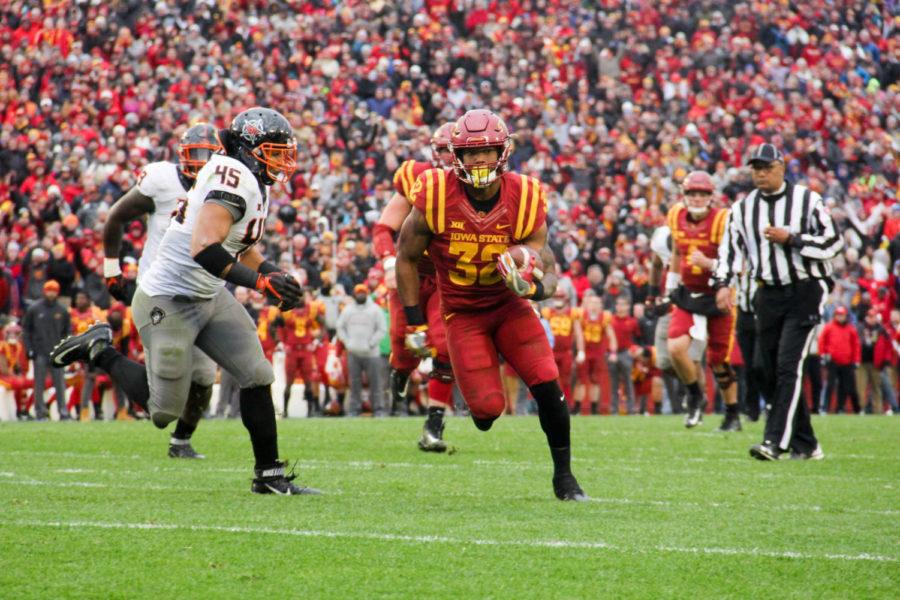LETTER: Limits on punitive damages harmful
September 18, 2003
Amy Peet’s backward notions of justice and reality are clearly evidenced in her Sept. 17 column, “Lawsuits place blame where it doesn’t belong.” When we limit the amount of punitive damages that a plaintiff may be awarded, we essentially make it cost-effective for defendants to continue their reckless behavior. Let’s consider the track record of some of our stellar American corporations.
According to the Center for Auto Safety, no fewer than 750 people have died from crash-related fires in the General Motors C/K pickup. GM knew it was endangering the public by using the C/K design, which put the pickup trucks at a heightened risk of explosion, but did some cost-benefit analysis with respect to the cost of litigation per person and instead decided to go ahead with the pickup because of the design’s value as a “sales tool.”
Next we have the benevolent Remington Arms Co., which in 1978 recalled its Model 600 bolt-action hunting rifles once it was discovered that roughly 50 percent of them would accidentally go off due to a trigger connector defect. The company did some cost-benefit calculation when a similar defect was discovered in the Model 700, but found that not recalling the rifles was far better for profits.
The ability of punitive damages to deter and punish reckless behavior disappears with punitive damage caps. These damages are designed to be big enough to punish malevolent and negligent behavior; how else can a jury effectively send the message that they disapprove of a behavior? Perhaps Ms. Peet has more faith in the goodwill of wealthy corporations to act in consumers’ interests. As for me, I will continue to oppose punitive damage limits in an effort to help keep people safe.
Dan ChristensonM
Graduate Student
Political Science






